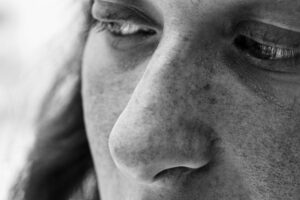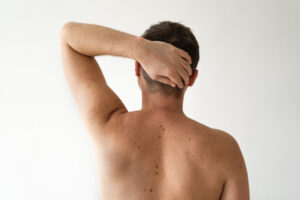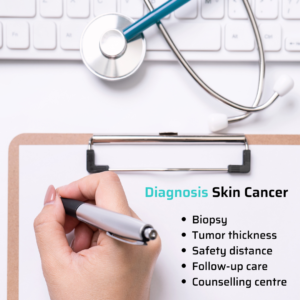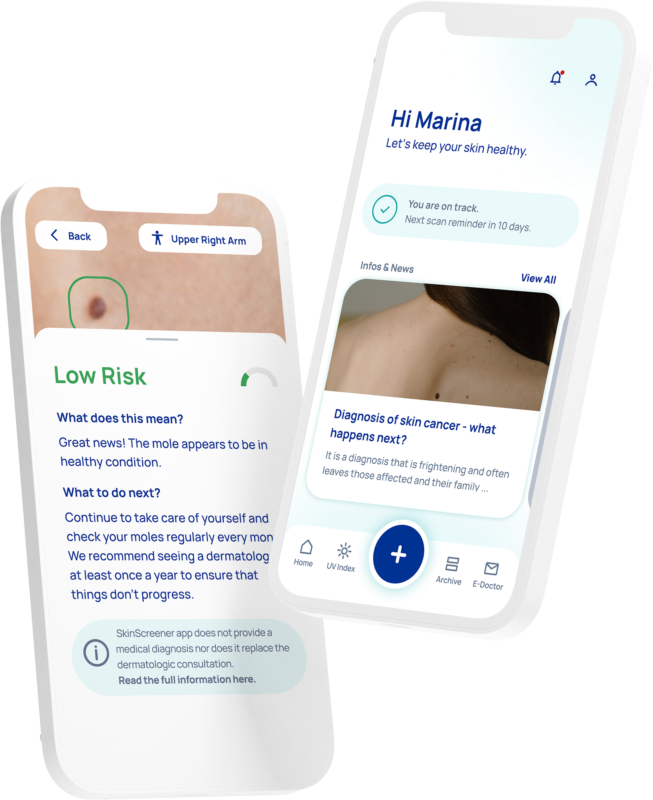The light of the sun is vital for life on earth. Not only plants need
suglight, even we humans can not live without sunlight either. As described in past blog articles, too much and unprotected sun exposure can have serious consequences for human skin.
The sun’s UV rays can cause skin cancer. The more you are aware of the health consequences of sunburns and UV radiation, the better you can protect yourself from it. With these 7 simple sun rules, you reduce the risk of getting a sunburn and thereby also getting skin cancer.

1) Avoid midday sun!
Avoid the midday sun between 11 a.m. and 3 p.m., as the sun’s intensity is particularly high during this time. It’s better to stay in the shade between these times.
2) Proper sun protection!
The right sunscreen is enormously important. Apply the sunscreen at least 30 minutes before going out in the sun, so that the filter has its optimal effect and your skin is protected to the maximum. When buying sunscreen, make sure that UVA and UVB protection is provided.
3) Sun-proof clothing!
Remember your hat, shirt and trousers. Sun-proof clothing made of tightly woven materials protect from the sun’s rays. Also protect your eyes with sunglasses.
4) Beware of indirect sun and reflective environments!
Don’t be fooled by clouds and shadows. The sun shines even when it is cloudy and shady, so wearing a sunscreen is important even in the shade. Note that the intensity of the sun becomes up to 85% higher in reflective environments such as snow, sand and water.
5) Attention when taking medication!
Did you know that certain medications can increase the skin’s sensitivity to light? Therefore, watch out for light-sensitizing side effects.
6) "Extinguish" sunburn
However, if your skin is slightly red or sunburned, use cooling products from the pharmacy.
7) Early detection saves lives!
Regular self-examination of the skin is particularly important in the early detection of skin cancer. The earlier skin cancer and its precursors can be detected, the higher the chances of cure. Keep an eye on your moles and skin lesions and have your dermatologist examine your skin once a year.
With these 7 sunshine rules, there’s nothing standing in your way to “proper” sun. In summary, effective sunscreen and sunproof clothing are easy and quick to implement. In addition, avoid the midday sun, use sunscreen even in the shade, and take extra care to protect your skin in reflective environments.
Inform yourself about light-sensitising side effects of your medication and if you do experience reddening of the skin or sunburns, use cooling creams or other products from the pharmacy. Last but not least, monitor your moles and skin lesions regularly. To complement this, you can use the SkinScreener app to easily and quickly check your skin for signs of skin cancer.
You are in your skin for life!







